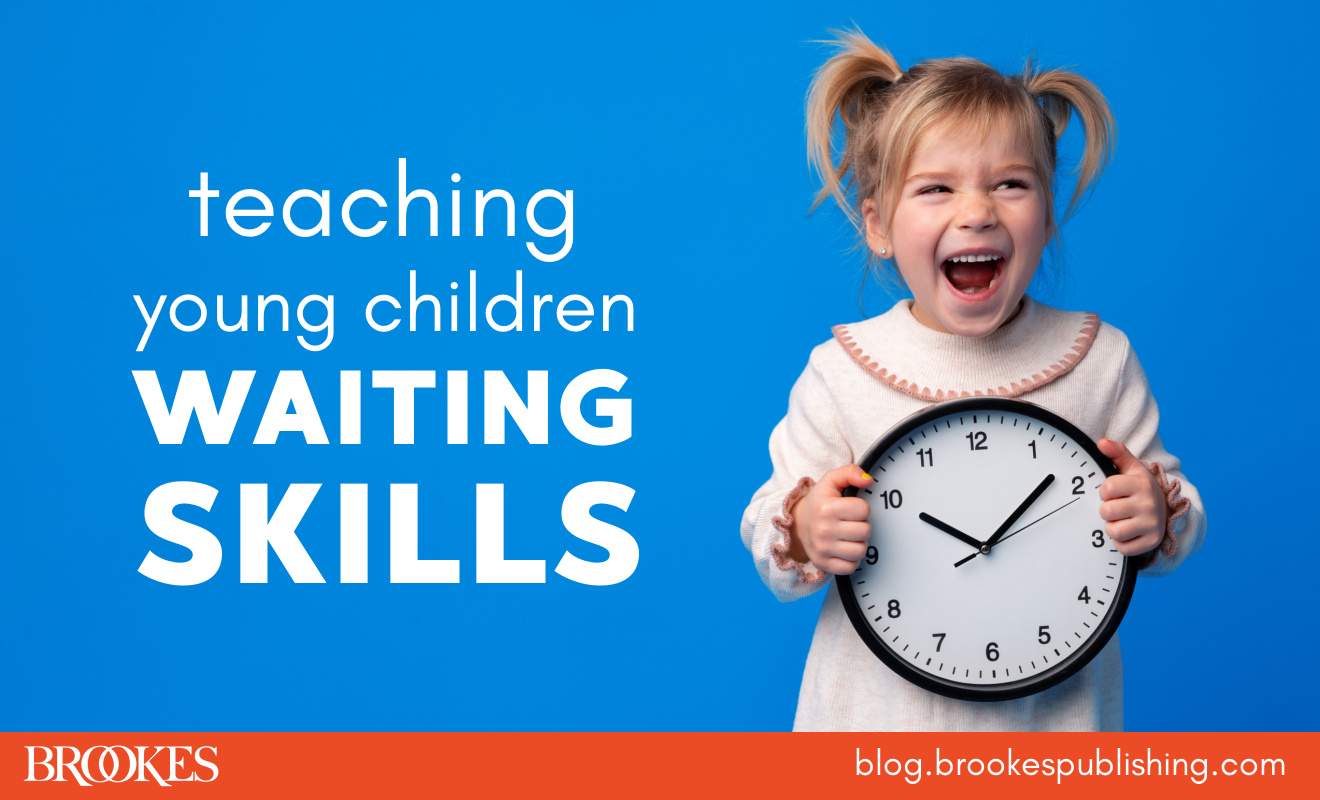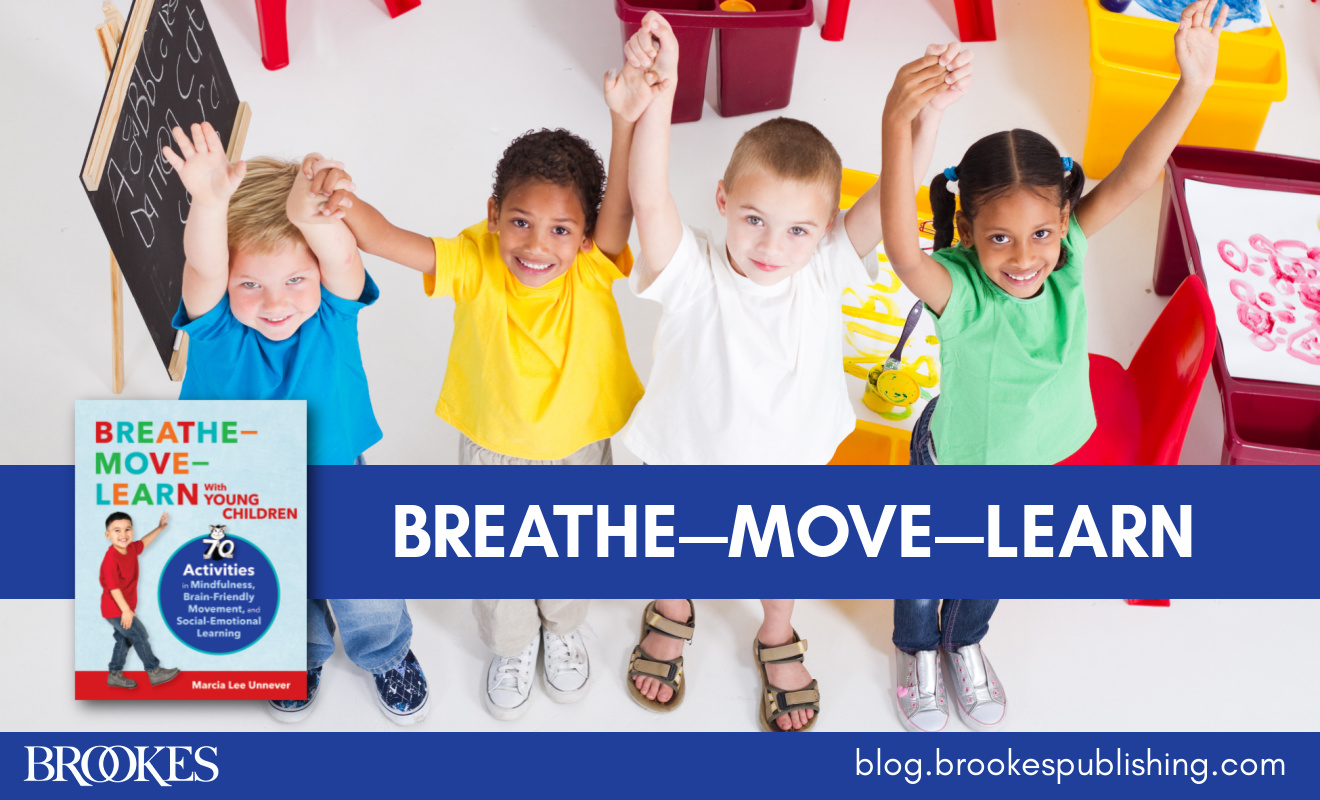4 Trauma-Informed Suggestions for Helping All Kids Learn
June 22, 2021
 As the challenges of your school year come into focus, you’ll probably be thinking about what you and your students will need for both academic success and social-emotional well-being. Trauma-informed teaching practices will continue to be essential during and after the ongoing pandemic, and today we have four tips to share from trauma expert Jen Alexander. Excerpted and adapted from her ebook Supporting Students and Staff After COVID-19, these guidelines will help you establish a supportive and nurturing learning environment for everyone in the wake of our collective trauma.
As the challenges of your school year come into focus, you’ll probably be thinking about what you and your students will need for both academic success and social-emotional well-being. Trauma-informed teaching practices will continue to be essential during and after the ongoing pandemic, and today we have four tips to share from trauma expert Jen Alexander. Excerpted and adapted from her ebook Supporting Students and Staff After COVID-19, these guidelines will help you establish a supportive and nurturing learning environment for everyone in the wake of our collective trauma.
Take it Slow and Focus on Relationships
Think about how to welcome and reassure students and families and communicate that you are ready for all students, whether or not they met the previous grade level’s standards. Consider how you will prioritize pre-testing, instruction, practice, common formative assessment, supplemental intervention, and summative assessment without pushing too much. Starting your time with your students by assessing all the things is not recommended. Not only will this interfere with your need to establish security and trust within your classroom community, but stress may be high, and this may contribute to inaccurate data.
Whether through assessment or instruction, trying to do too much academically too soon may cause dysregulation and contribute to behaviors that compromise real or felt safety as well as relational or even personal health. Focus on felt safety, relationships, and regulation first. Be present, connect, and enjoy one another as you build your classroom community together.
Be Confident Kids Will Catch Up
Your students’ academic skills may have experienced a decline during the past few challenging school years, but this will likely be followed by a catching up. Teachers during past school closures often responded by focusing on what students need to learn most in an effort to make up for lost instructional time. In distance learning situations, not surprisingly, youth with access to adults who have content area knowledge and teaching skills often fare better than students whose parents have less knowledge or teaching skills (or students who have greater, more complex needs).
While access to technology doesn’t solve these concerns, good teachers who have connected and provided feedback during distance learning—and who help address inequities once schools reopen—will make a real difference and help their students thrive. Above all, teacher-to-student interaction, student-to-student interaction, and teacher feedback will matter when school resumes in the fall.
Keep Your Eye on the Ultimate Goal
Don’t get hung up on “how far behind kids might be.” Who exactly are they behind? To tweak a metaphor that has been common on social media, while every person may not be in the same boat, and nor is each vessel equipped with the same resources or supports, we have all been in the same storm. Everyone had changes to typical, in-person school programming. Accept students where they are and help them take the next just right steps in their learning, followed by the next steps after that.
Placing too much pressure on yourself as an educator will likely turn into pressure on students and families, which is only going to increase stress and dysregulation, making learning and staying healthy even more difficult. Remember that we need educators and students to feel safe, be connected, and get regulated before learning is possible. Learning is always our goal, so we aren’t lowering expectations when we prioritize these three essentials in trauma-sensitive schools; we’re just taking well-paced, realistic steps toward it, which ensures we will get there.
To brainstorm how to move in this direction of step-by-step just right growth from day one, think about any quotes you may want to emphasize at the start of the year. Plan to post and discuss them one at a time during morning meetings early on. This will help set the stage for students to understand how everyone may be in a different spot and need different things. Motivational posters alone are certainly not going to solve the big problems within our educational systems, but words are powerful. By carefully choosing, displaying, and then working with and discussing agreement (and disagreement) about powerful examples of truth, we can create safety together. (Just make sure barriers are being addressed at the same time so youth aren’t set up to fail.)
Be Compassionate with Yourself and Others
None of these understandings or actions will erase our stress throughout the academic year, and as stress increases, it’s hard for any of us to access the executive functions that help us meet short- or long-term goals. If you’ve noticed yourself being more forgetful, more disorganized, or even foggy in your thinking over the past year, that’s why. Expect that students will forget things more often and have trouble organizing their worlds, too. Give yourself and others the same grace when struggling as you need on your worst day (and on days even worse than you’ve ever encountered). Each of us is doing our best.
People are not all experiencing the same things right now. Youth and adults, including colleagues, who have experienced health concerns, high stress, marginalization, grief, or trauma, will be more at risk for trauma reactions. They may need interventions, supports, services, programs, and plans that other people don’t need, and we should advocate when necessary to ensure they receive them. Above all, they need human care and compassion—something everyone can give. Not only will educators likely make a big difference in terms of helping youth make academic progress, but schools can become hubs of recovery and beacons of hope for entire communities. That doesn’t mean classrooms and schools are the only source of recovery and hope, but they can be one of them. We’ve seen that happen before on a national scale following Hurricane Katrina and the attacks of September 11. Perhaps you have noticed it locally as well. It can happen following this crisis too, especially if folks work together to acknowledge suffering, address inequities, and commit to creating a new normal that is better than the old.
If you liked the tips in today’s blog post, you can download a printable PDF that summarizes them here. And for more practical guidance on putting together a trauma-sensitive plan for your school, pick up Jen Alexander’s ebook:
 Supporting Students and Staff After COVID-19
Supporting Students and Staff After COVID-19
Your Trauma-Sensitive Back-to-School Transition Plan
By Jen Alexander, M.A., NCC, SB-RPT
Author of the bestselling guidebook Building Trauma-Sensitive Schools, “Ms. Jen” has developed a concise, reader-friendly blueprint for making the return to school as smooth as possible for everyone involved. In this ebook, you’ll get timely, adaptable guidance on designing and implementing a trauma-sensitive transition plan that puts relationships first, prioritizes emotional and social supports, breaks down barriers to learning, and empowers everyone in your learning community. You’ll also find simple, specific activities and strategies for helping every student and staff member feel safe, be connected, get regulated, and get ready to learn.
MORE FROM JEN ALEXANDER
Watch the webinar
Trauma-Sensitive Student Support During School Closures: Practical Strategies for Helping Caregivers Help Kids
Hear her interview on the #TIENetworkPodcast
Listen to episode 11 on iTunes, Google Play, Spotify, or SoundCloud
Read her Q&A
Notice the Need, Meet the Need: A Q&A with Jen Alexander on Trauma-Sensitive Back-to-School Plans




Write a Comment
Your email address will not be published. Required fields are marked *
Post a Comment